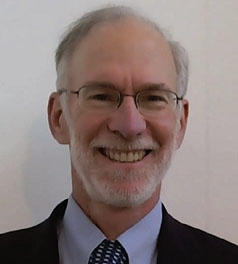Biography
Dr William Stevenson is known for his work with arrhythmias and developing novel mapping methods and innovative ablation techniques. In 2017, he moved to Vanderbilt University, in Nashville, after more than two decades at the Brigham and Women’s Hospital in Boston, where he served as director of the clinical cardiology electrophysiology programme and professor of medicine at Harvard Medical School.
Dr Stevenson's clinical interests include the diagnosis and treatment of cardiac arrhythmias, with a particular focus on the use of catheter ablation to treat ventricular tachycardia, atrial fibrillation and supraventricular tachycardias. With a clinical practice focusing on difficult-to-manage arrhythmias, Boston Magazine named Dr Stevenson a top cardiologist.
His methods of cardiac mapping to guide catheter ablation are widely used. He has published over 300 articles and chapters. He has provided post-doctoral training to over 50 fellows in cardiac electrophysiology. He is a recipient of the 2012 Michel Mirowski Award for Excellence in Clinical Cardiology and Electrophysiology. He is past president of the Cardiac Electrophysiology Society and the founding editor of Circulation: Arrhythmia and Electrophysiology.
Dr William Stevenson is a member of the AER editorial board.
Articles by William G Stevenson, Professor of Medicine
Eun-Jeong Kim, Giovanni Davogustto, William G Stevenson, et al
Citation: Arrhythmia & Electrophysiology Review 2018;7(1):8–10.
William G Stevenson,
Citation: Arrhythmia & Electrophysiology Review 2017;6(1):18.
Eyal Nof, William G Stevenson, Roy John, et al
Citation: Arrhythmia & Electrophysiology Review 2013;2(1):45-52







